 Abraham Lincoln
If given the truth, the people can be depended upon to meet any national crisis...
Abraham Lincoln
If given the truth, the people can be depended upon to meet any national crisis...
 Guildford news...
for Guildford people, brought to you by Guildford reporters - Guildford's own news service
Guildford news...
for Guildford people, brought to you by Guildford reporters - Guildford's own news service
Wildlife Trusts’ Free Insect Friendly Gardens Guide
Published on: 11 Apr, 2020
Updated on: 11 Apr, 2020
At a time when more people, under threat from the Covid-19 pandemic, are spending more time in their gardens (if they are lucky enough to have one), The Wildlife Trusts has published a new guide, Taking Action for Insects .
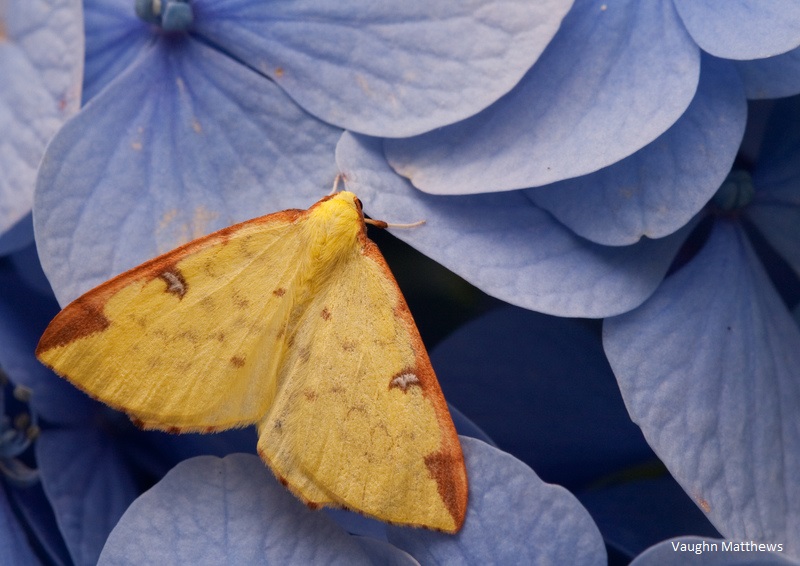
Brimstone moth. Photo Vaughn Matthews.
The downloadable 20-page booklet urges us all to play a part in reversing the failing fortunes of some of our most easily overlooked wildlife: insects.
And with a connection to nature said to boost wellbeing, the initiative wants us to help insects as well as ourselves by committing to at least one small action from the tips in the guide to make a huge difference to insects.
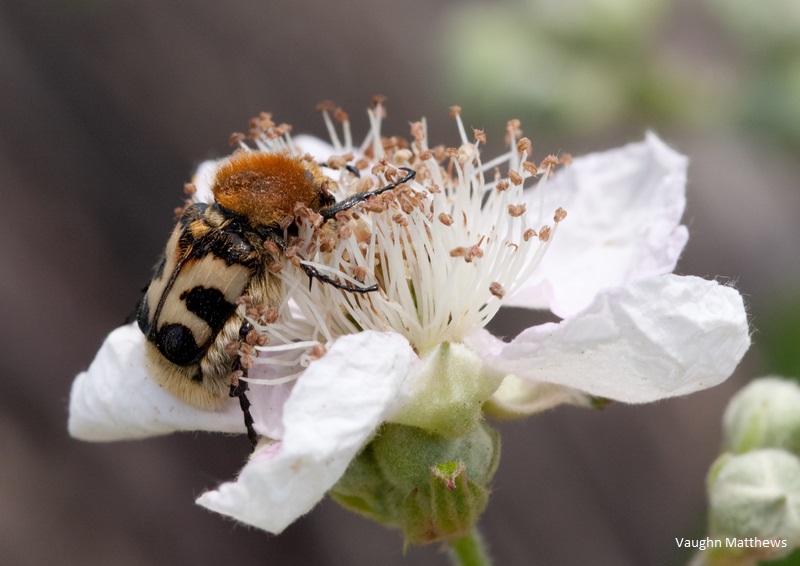
Bee chafer beetle. Photo Vaughn Matthews.
A recent report by Professor David Goulson, concluded that 41% of insect species now faced extinction around the world.
Professor Goulson said: “Insects are in rapid decline. They make up the bulk of life on earth. We couldn’t survive without insects.
“We urgently need to stop all routine and unnecessary use of pesticides and start to build a nature recovery network by creating more and better connected, insect friendly habitat in our gardens, towns, cities and countryside.”
The initiative by Surrey Wildlife Trust and The Wildlife Trusts working with partner organisations including Buglife, Pesticide Action Network and Garden Organic is part of a wider campaign called Action for Insects, which looks to reverse recent drastic population declines among insects.
 The downloadable guide is full of tips, useful information and links to finding out more. It is aimed at helping individuals and families make simple yet crucial changes to helping insects through the ways we shop, garden and run our homes.
The downloadable guide is full of tips, useful information and links to finding out more. It is aimed at helping individuals and families make simple yet crucial changes to helping insects through the ways we shop, garden and run our homes.
Insects aren’t always popular with the public when it comes to wildlife, and that this is especially true when applied to gardeners. The guide highlights the crucial roles they play in pollinating flowers and crops, controlling pests and natural recycling, plus the beauty and joy that they bring to our lives.
In a range of top tips for helping insects in people’s gardens, it gives guidance on going chemical and peat-free, along with advice on which plants are best at combining colour, scent and attraction to bees and butterflies across the seasons.
The guide stresses that all outdoor spaces, whatever their size and location, from tower block balconies to cottage gardens, can make a real difference to restoring insect numbers.
Sarah Jane Chimbwandira, chief executive of Surrey Wildlife Trust, said: “We’re asking people to make whatever outdoor space they have into a better place for mini-beasts, be it a window box, a garden or an allotment.
“If we follow the guide’s advice as gardeners, shoppers and homeowners we can turn the tide on insect declines.”
James Campbell, Garden Organic CEO said: “All gardeners and growers should celebrate insects who are part of the natural chain of life. Organic gardeners also help by creating habitats and shelter, as well as providing plants to feed and support insect life.”
“Everyone has a role to play in making the world less toxic so insects can flourish.” said Josie Cohen, CEO Pesticide Action Network UK (PAN UK).
Based on a press release from Surrey Wildlife Trust
Recent Articles
- Guildford Institute’s Crowdfunding Project for Accessible Toilet in its New Community and Wellbeing Centre
- Letter: Guildford – Another Opportunity Missed?
- Letter: GBC’s Corporate Strategy – Where Is the Ambition?
- My Memories of John Mayall at a Ground-breaking Gig in Guildford Nearly Six Decades Ago
- Westborough HMO Plans ‘Losing the Heart of the Street’ Says Resident
- College Invests to Boost Surrey’s Economy and Close Digital Skills Gap
- Community Lottery Brings Big Wins for Local Charities
- GBC Housing Plan Promises ‘A Vibrant Urban Neighbourhood’ Near Town Centre
- Hospital Pillows ‘Shortage’ at the Royal Surrey
- Updated: Caravans Set Up Camp at Ash Manor School


Search in Site
Media Gallery
Dragon Interview: Local Artist Leaves Her Mark At One of England’s Most Historic Buildings
January 21, 2023 / No Comment / Read MoreDragon Interview: Lib Dem Planning Chair: ‘Current Policy Doesn’t Work for Local People’
January 19, 2023 / No Comment / Read MoreA3 Tunnel in Guildford ‘Necessary’ for New Homes, Says Guildford’s MP
January 10, 2023 / No Comment / Read More‘Madness’ for London Road Scheme to Go Ahead Against ‘Huge Opposition’, Says SCC Leader
January 6, 2023 / No Comment / Read MoreCouncillor’s Son Starts Campaign for More Consultation on North Street Plan
December 30, 2022 / No Comment / Read MoreCounty Council Climbs Down Over London Road Works – Further ‘Engagement’ Period Announced
December 14, 2022 / No Comment / Read MoreDragon Interview: GBC Reaction to the Government’s Expected Decision to Relax Housing Targets
December 7, 2022 / No Comment / Read MoreHow Can Our Town Centre Businesses Recover? Watch the Shop Front Debate
May 18, 2020 / No Comment / Read More



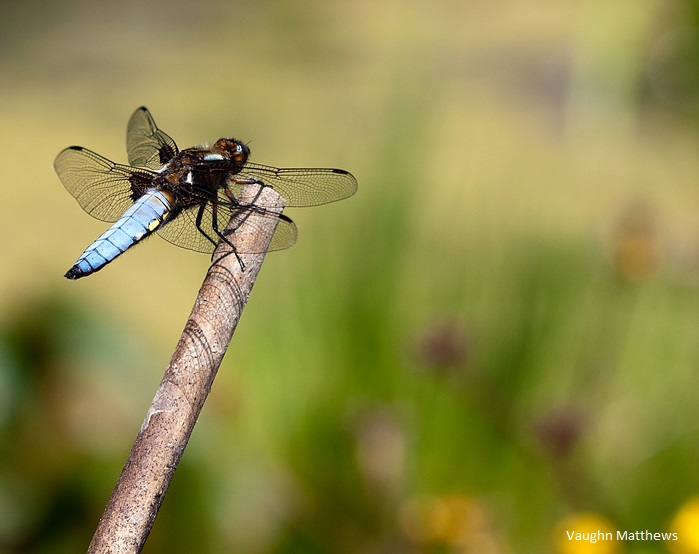
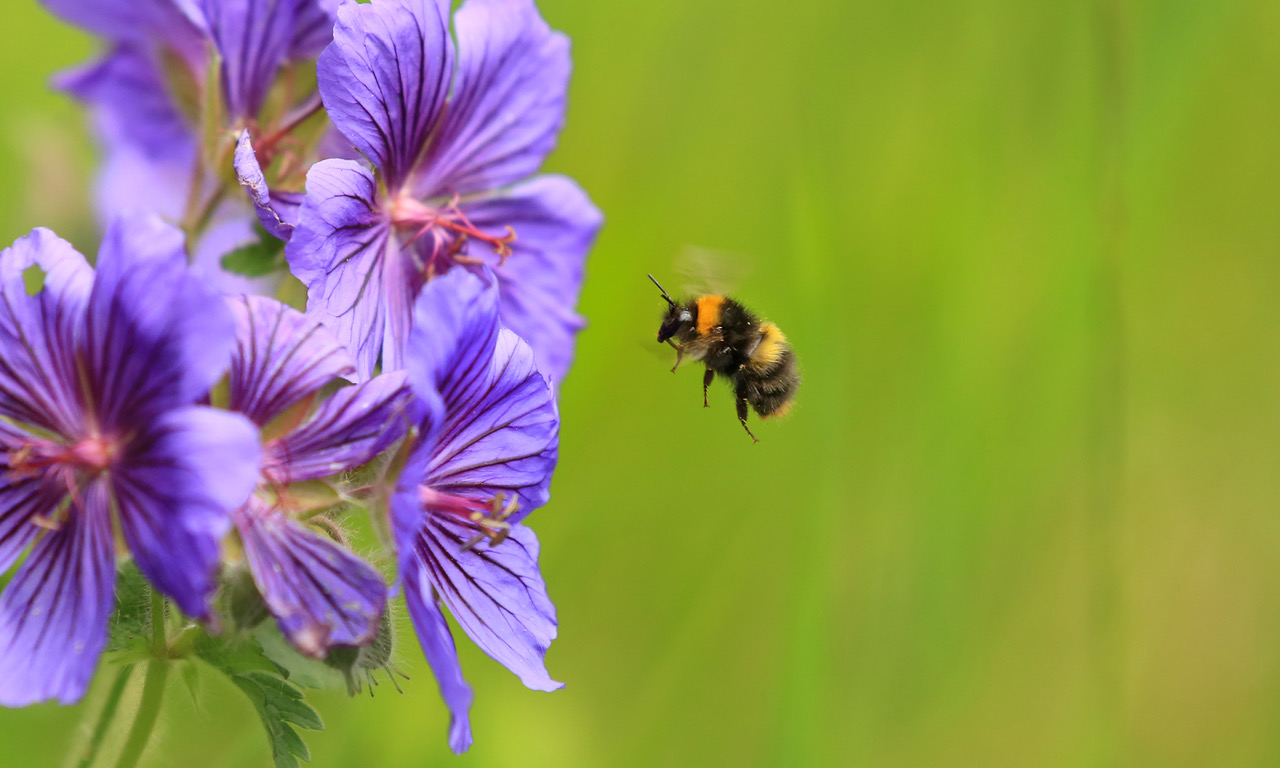
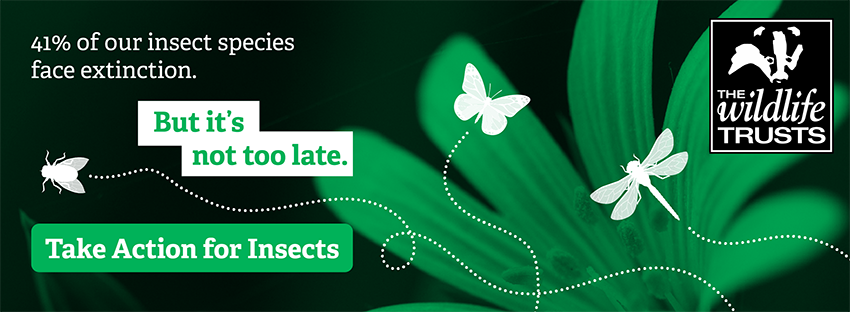






Recent Comments